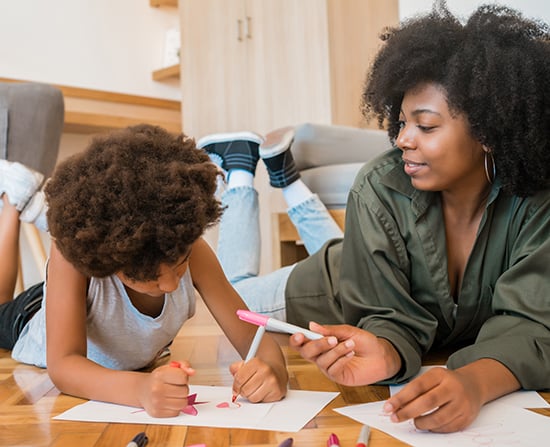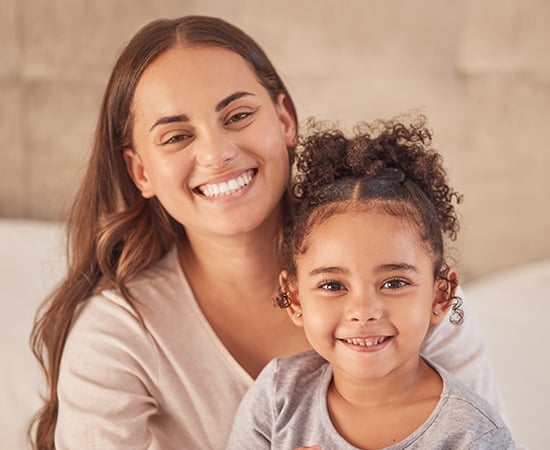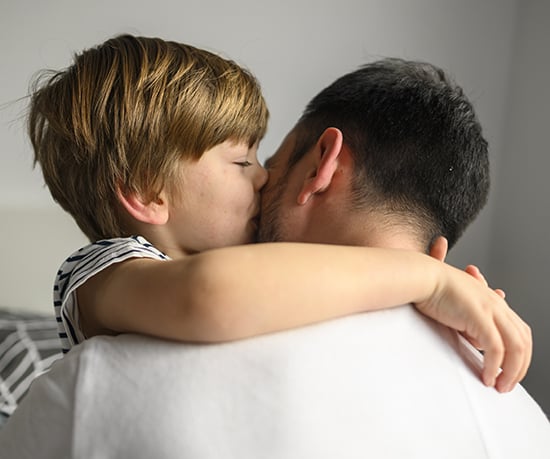Statistics
Single Parents
- The United States has the highest rate of children living in single parent households of any nation in the world. (Pew Research Center, 2019)
- At a rate of 23% of children living with one parent and no other adults, the United States stands at over three times the world average of 7%. For reference, the number stands at 3% for China and 4% for India. (Pew Research Center, 2019)
- There are 14.84 million families with a single mother in the US. On the other hand, there are 6.6 million families with a single father in the US. (U.S. Census Bureau, 2020)
- Approximately 19 million children below the age of 18 live with a single parent, while 15 million children live with two parents. (U.S. Census Bureau, 2020)
- There are 6.6 million White, 3.29 million Hispanic, 4.14 million African American, and 543,000 Asian families led by a single mother in the US. (U.S. Census Bureau, 2019)
- Three in five poor children in the US live in families headed by unwed mothers. (National Women’s Law Center, 2020)
- Families with children headed by unwed mothers have a poverty rate of 31%, while those headed by an unwed father have a poverty rate of 15%, compared to 5% for families headed by a married couple. (National Women’s Law Center, 2020)
- On Average, US Families spend between $9,000-10,000 per child, per year, on childcare. (CNBC, 2020)


Impact of Single Parenthood on Women
- According to 2022 U.S. Census Bureau, out of about 11 million single-parent families with children under the age of 18, nearly 80 percent were headed by single mothers. (U.S. Census Bureau, 2022)
- The poverty rate for single-mother families in 2020 was 23.4%, nearly five times more than the rate (4.7%) for married-couple families. (U.S. Census Bureau, 2021)
- Families headed by women of color fared even worse. Nearly two in five (35%) of Black female-headed families lived in poverty, Hispanic (34%), White (26%), and Asian (22%). Among all other ethnic groups, Native American female-headed families with children had the highest poverty rate. More than two in five (43%) lived in poverty. (Single Mother Statistics. Single Mother Guide, 2023)
- Among solo parents, mothers are almost twice as likely as fathers to be living below the poverty line. (Pew Research article: The Changing Profile of Unmarried Parents)
- 1 out of every 3 single moms will spend more than 50% of her income on housing.
- Childcare for single moms averages 30-40% of her income.
- Approximately 30% of single parent led families are food insecure.
- Single moms are 70% more likely to die prematurely and 3x more likely to die violently than married moms.
- 90% of welfare recipients are single mothers. Center for Children and Families.
Fatherhood Numbers
- According to Gallup, 72% of Americans believe that fatherlessness is our biggest social problem.
- According to the U.S. Census Bureau, 18.4 million children, 1 in 4, live without a biological, step, or adoptive father in the home. That’s enough children to fill New York City twice or Los Angeles four times over. (U.S. Census Bureau, Living arrangements of children under 18 years old: 1960 to present)
- Research suggests that fatherlessness is a significant contributor to mental health issues in children. (America First Policy Institute, 2022, Fatherlessness and Its Effects on American Society.)
- Men who grew up with absent fathers are more likely to become absent fathers. (Pougnet, E., Serbin, L. A., Stack, D. M., Ledingham, J. E., & Schwartzman, A. E. 2012, The intergenerational continuity of fathers’ absence in a socioeconomically disadvantaged sample. Journal of Marriage and Family.)
- There are 64.3 million fathers in the US, but only 26.5 million live with their own children.
- 40% of single-parent children have not seen their father in the last year, and 50% have never stepped foot in their father’s house.


Impact of Single Parenthood and Fatherlessness on Children
- 63% of youth suicides are from fatherless homes. (USDHHS, Bureau of the Census)
- 71% of high school dropouts are from fatherless homes. (National Principals Association Report on State High Schools)
- Individuals from fatherless homes are 279% more likely to carry a gun and deal drugs. (Allen, A.N., & Lo, C.C., 2012, Drugs, guns, and disadvantaged youths: Co-occurring behavior and the code of the street. Crime & Delinquency, 58(6), 932-953.)
- The strongest predictor of whether a person will end up in prison is that they were raised by a single parent. (C.C. Harper and S.S. McLanahan, “Father Absence and Youth Incarceration”, Paper presented at the annual meeting of the American Sociological Association, 1998)
- A child brought up in a single-mother home is 20x more likely to end up in prison than a child raised in a two-parent home.
- In 1996, 70% of inmates in state juvenile detention centers serving long sentences were raised by single mothers. (Wade Horn, “Why there is no substitute for parents”, IMPRIMIS 26, NO. 6, June, 1997)
- The proportion of single-parent households in a community predicts its rate of violent crime and burglary, but the community’s poverty level does not. (D.A. Smith and G.R. Jarjoura, “Social Structure and Criminal Victimization,” Journal of Research in Crime and Delinquency 25. 1988)
- After controlling for single motherhood, the difference between black and white crime rates disappeared. (Progressive Policy Institute, 1990, quoted by David Blankenhorn, “Fatherless America: Confronting Our Most Urgent Social Problem”, New York, Harper Perennial, 1996, p.31)
- America has twice as many teenage births as other developed nations. (Isabel V. Sawhill, to House Committee on Ways and Means, Subcommittee on Human Resources, June 29, 1999)
